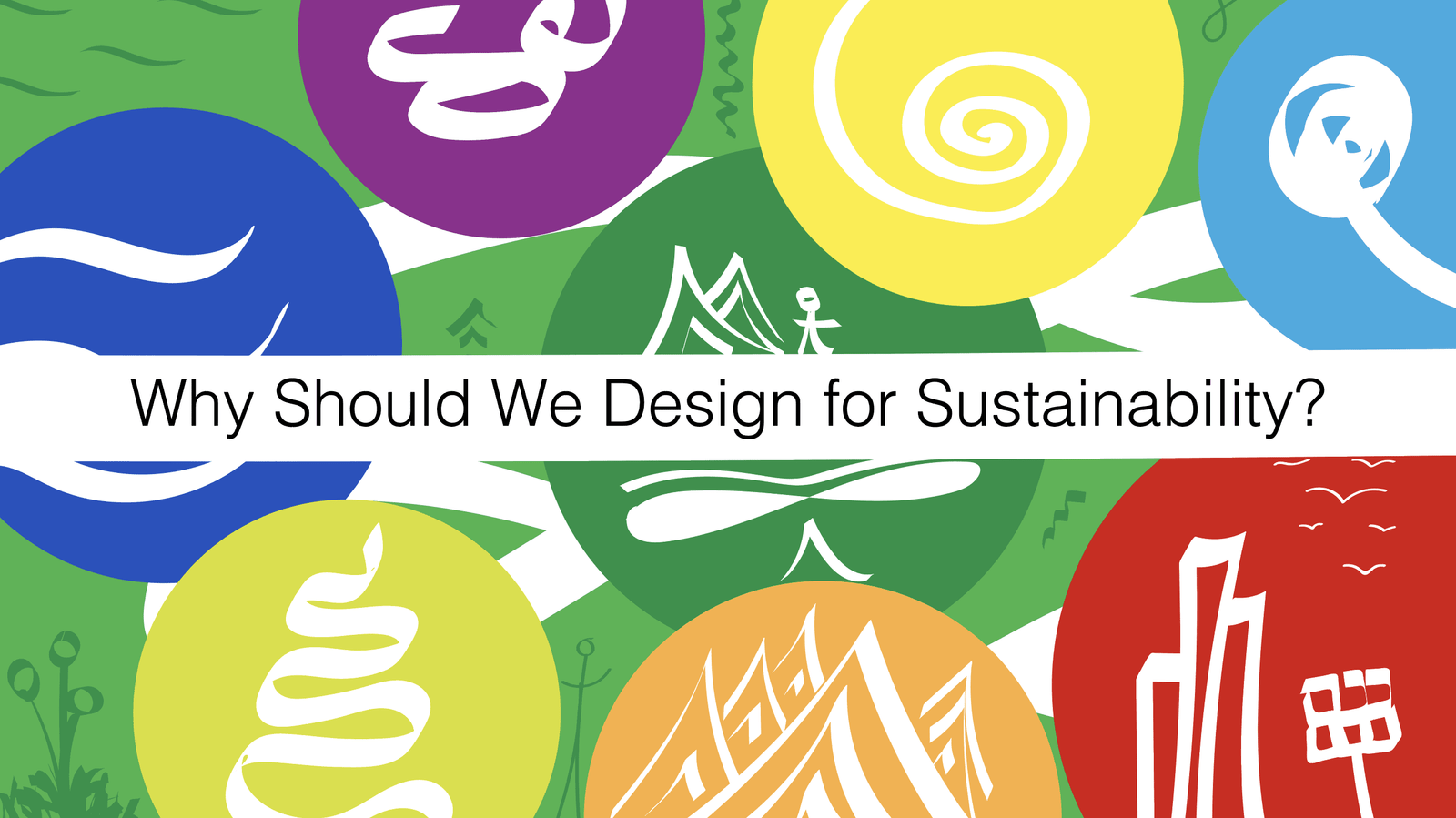Sustainability is a word that has been thrown around a lot lately, but still many people don’t know what it means and how it affects our lives. Perhaps it’s the word, that doesn’t really provide a hint. It’s so abstract that you could imagine many things behind it.
Let’s strip it down to two words though—sustain and ability. To sustain means to strengthen something physically or mentally and keep it going at a constant rate. On the other hand, ability is a skill or capacity to do something.
Still doesn’t tell much right? Not on its own, but when talking about the relationship between the environment and the human civilisation, we begin to get the picture.
When we connect these, we now know that it’s the ability to maintain an ecological balance and keep things going constantly at a level that causes the least harm to the environment and human civilisation alike.
Knowing now what sustainability means, we can start looking for solutions and ways to strengthen sustainability. One way to achieve that is through clever product design and it’s ultimately what this article will explore.
What is a Sustainable Product Design?
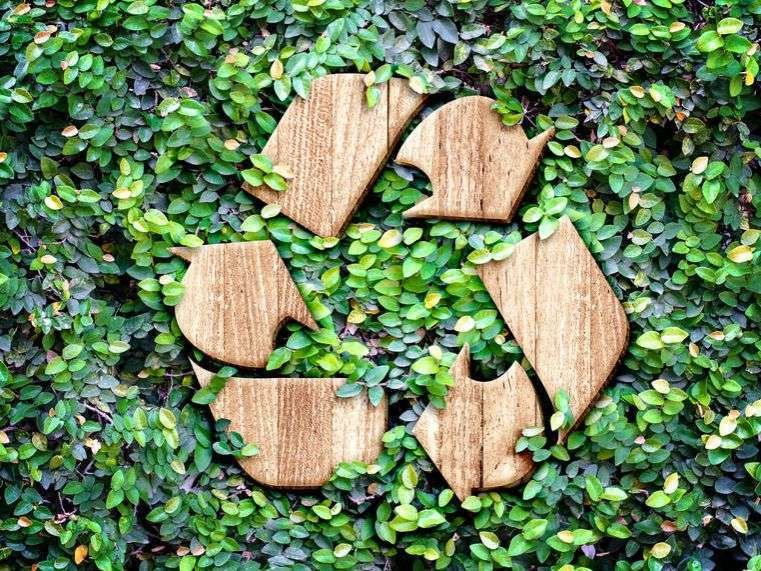
It’s quite simple. Designing products while respecting the environmental, social and economic impact. Through product design, we can drive change in the industry by:
- employing or researching new natural-based materials,
- reducing parts in design and optimising over-usage of materials,
- sourcing materials and parts from more local manufacturers to reduce transport emissions,
- using minimalistic packaging,
- motivating people to recycle, upcycle and care about their footprint,
- employing more sustainable manufacturing processes,
- working with manufacturers who employ sustainability principles,
- trying to find ways to design and develop a product with minimal energy usage,
- considering the disposal of the product, unused accessories and packaging in the design process,
- and so on.
As we can see, many things can be done to move the industry, little by little, into a more sustainable path but first, it’s important to be well educated in this matter.
And Why Should We Care at all?
Through sustainable product and industrial design, we can improve life on our planet, contribute to the reduction of global warming and create a more healthy environment for future generations.
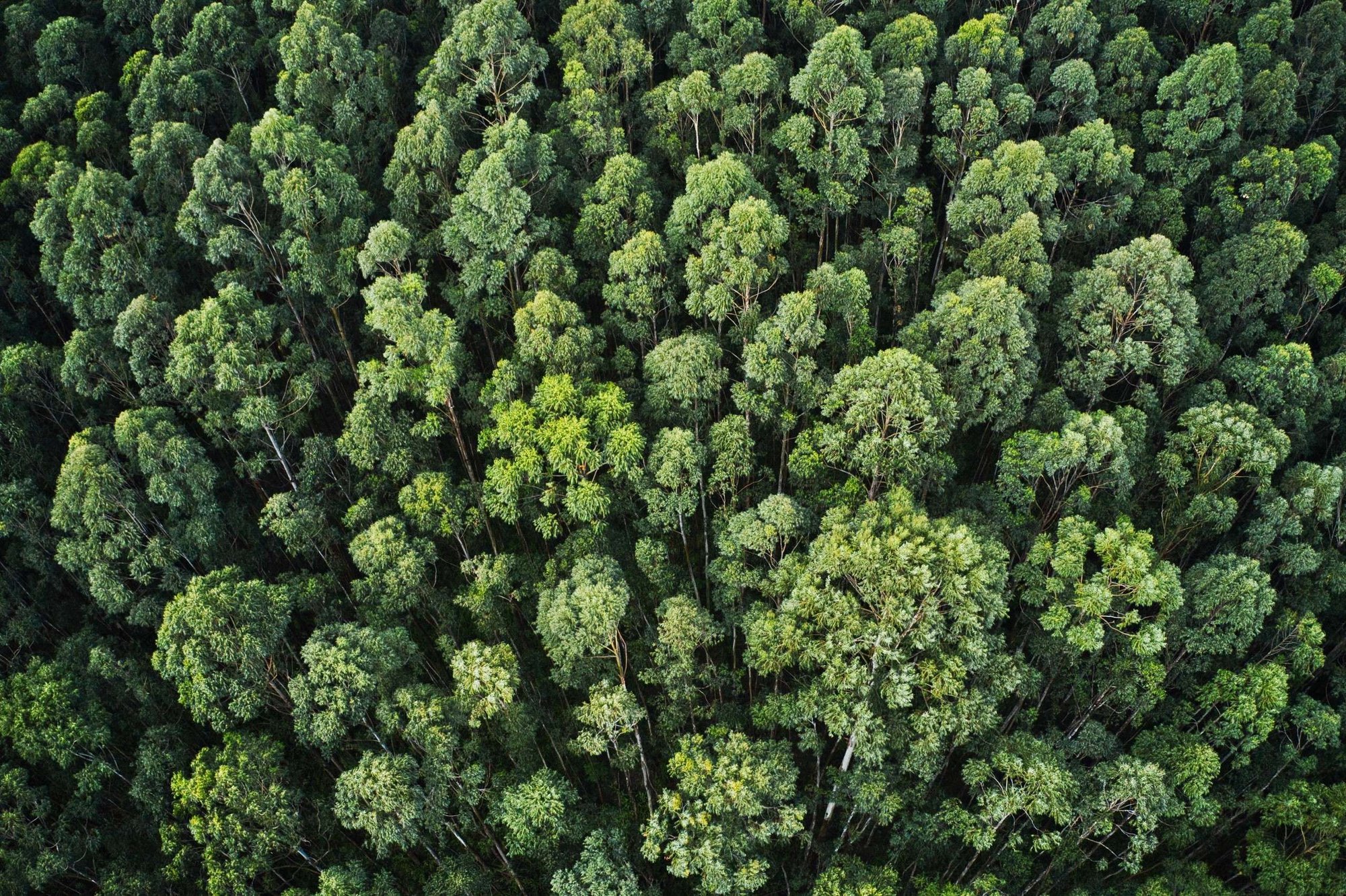
Need more details?
Well, it works like the ripple effect. Everything, we do as humans, has consequences. That’s obvious, right?
Let’s give us an example. According to researchers Gleick and Cooley (2019), for every 1-litre of bottled water we use, an estimated 5.6-10.2 megajoules of energy is put into creating it. Depending on the water and bottle type, that usually involves:
- extraction of crude oil, natural gas, salt, coal and cellulose that are later polymerised to make desired plastic,
- fabricating the plastic into bottles,
- processing the water,
- emissions to transport all necessary materials to produce the product,
- distribution of bottled-water,
- and so on.
That’s up to 2000 times the energy required to produce tap water which uses around 0.005 megajoules. Just to put it into perspective, 7 megajoules is like playing squash for 2 hours. For 100 billion litres of bottled water, an energy input of 100-180 million barrels of oil is needed.
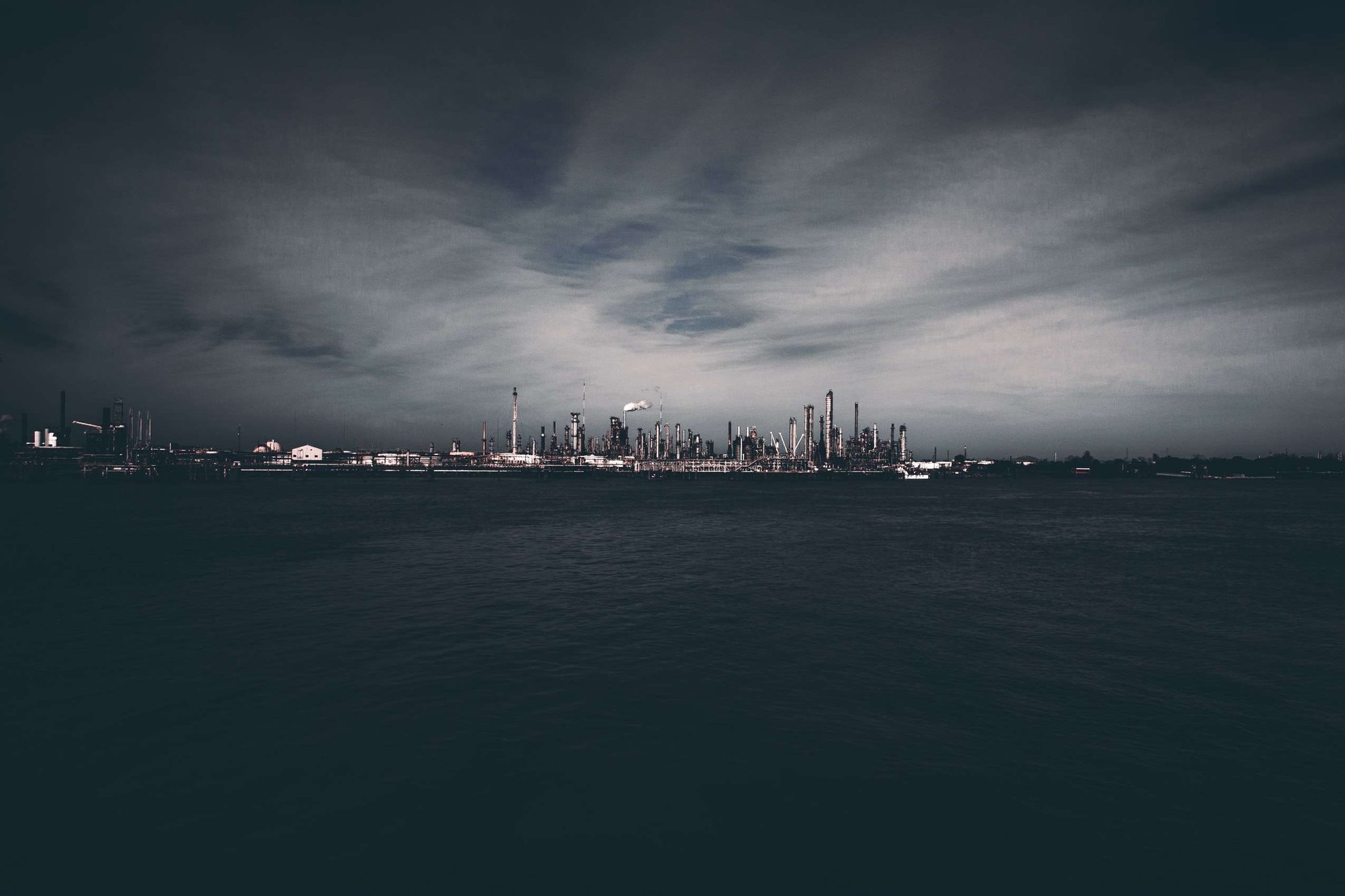
The final output from using bottled-water are mostly carbon dioxide, methane and pollution. That is not to say that, for example, carbon is bad, as plants need it for photosynthesis, however, excess of it in the atmosphere is another thing as it creates a stronger greenhouse effect, hence retaining more heat than necessary and warming up the planet affecting oceans, food, weather and ultimately our health.
Then comes the question of what to do with plastics when they have fulfilled their role in our hands?
[blockquote text=”Did you know that only 9% of plastics ever made have been recycled?” text_color=”” width=”” line_height=”undefined” background_color=”” border_color=”” show_quote_icon=”yes” quote_icon_color=””]
By using plastic bottles, you are either contributing to global warming, polluting marine life or damaging your health, as microplastics find their way back to our food and water, making us search for solutions like water filtering. It’s a lose-lose situation when you think about it because even if plastic bottles get recycled, the factories and its machines doing the recycling still leave a big footprint.
So what’s next for human civilisation?
Taking responsibility. Acceptance. Designing solutions. Making change. Sustainability.
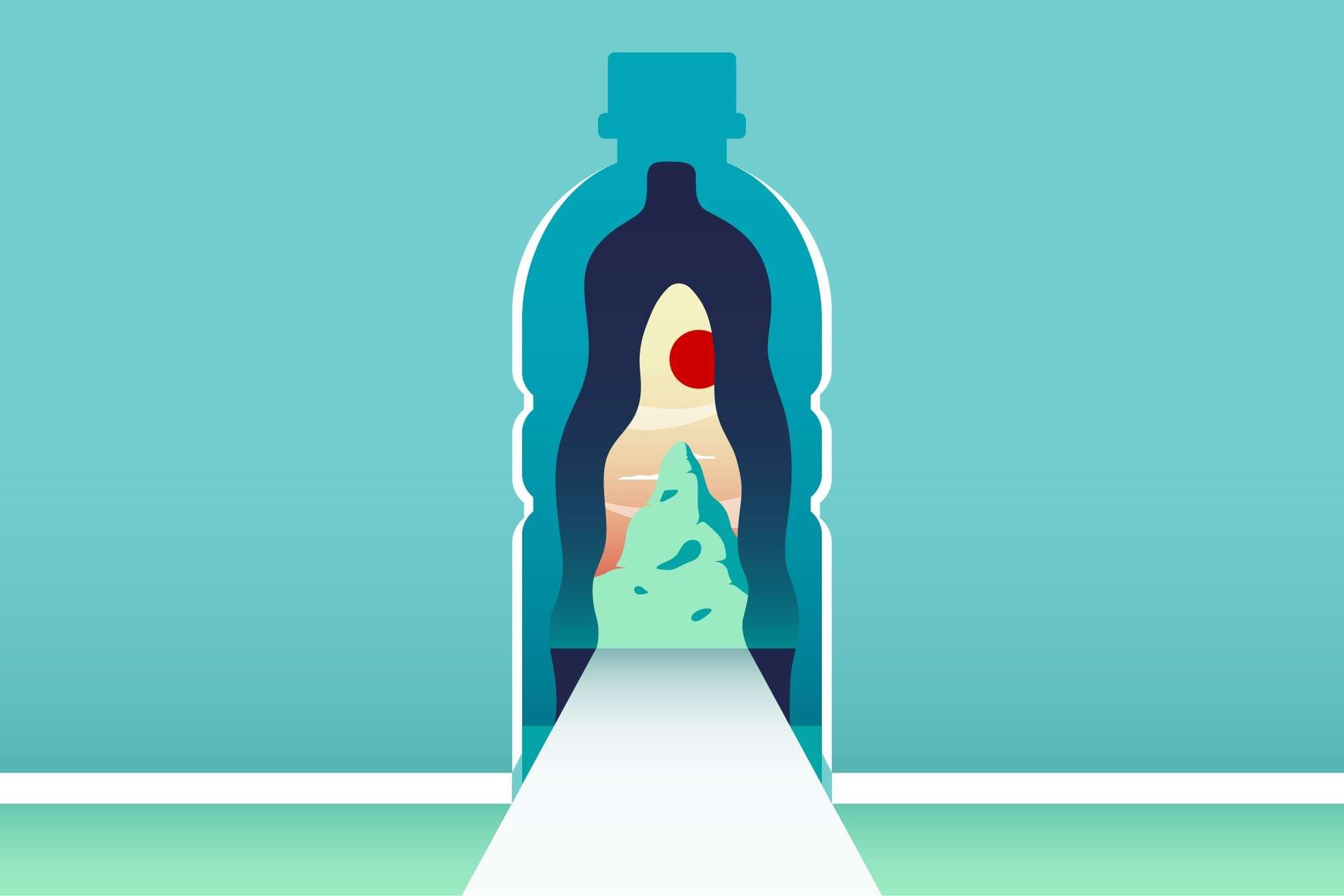
Of course, plenty of things are already being done. But are we tackling the problem at its core? Is, for example, introducing biodegradable plant-based plastic bottles really solving the problem? To biodegrade them, we still need industrial composting facilities for the ones that make it there through some form of CO2 emitting transportation? Well, maybe it doesn’t eliminate the cause, but for sure, it reduces the negative impact and that’s the best we can do right now.
Or is it?!
Do we need so much technology, products, and luxury to live a good life?
What is the real purpose of the human race?
Some of these big questions can lead us to discover new knowledge about ourselves and the world we live in, motivating us to create new concrete solutions. Or maybe not. I guess we will not know until we try. After all, returning to the origin helps to generate novel ideas that push the human race forward.
Perhaps we cannot do something too radical, like from one day to the other we all stop using plastics. That would create, under the current conditions, other problems to our current world, society and economy. We do what we can with the situation at hand as well as resources and knowledge we currently possess while maintaining stable evolvement of our world.
We can also set an example for future generations to come, by educating them to care about sustainability, so they can build on the progress that our past and current generations have made.
Duty of the Product and Industrial Designers
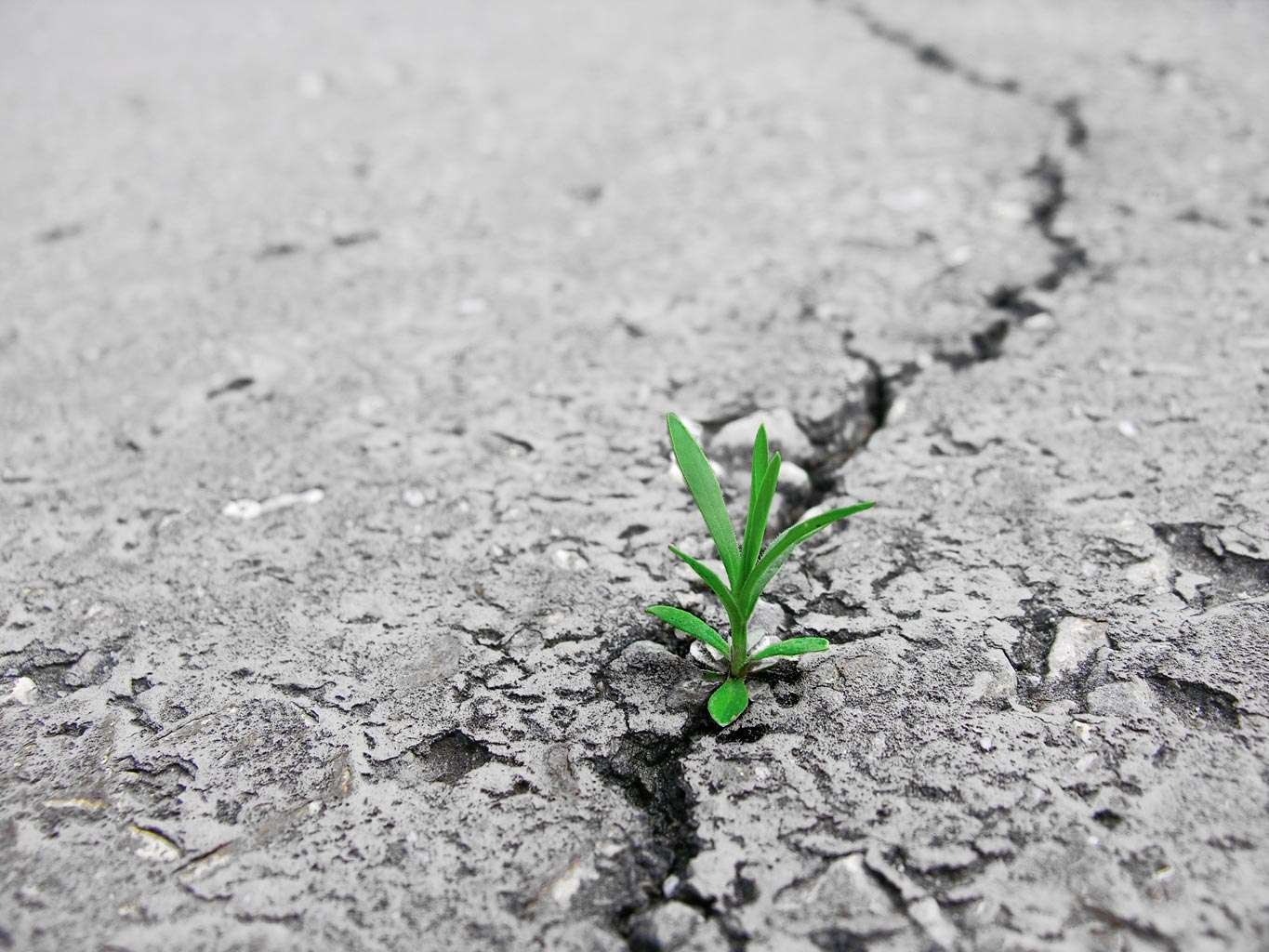
We as designers have the power to change things on a more global scale and it’s our duty to contribute to the betterment of our society, economy and environment.
[blockquote text=”To change the world, we first need to change ourselves.” text_color=”” width=”” line_height=”undefined” background_color=”” border_color=”” show_quote_icon=”yes” quote_icon_color=””]
What we do now will reflect either negatively or positively in decades and centuries to come.
I sure wouldn’t want my grand-grand-children to look at my life and say “What the hell were you doing during your time alive? Look what we now have to deal with.”.
So why should we design for sustainability?
To help future generations and the planet return to its former glory, so that the human race and our earth can continue to coexist and thrive for millions of years to come.
And why would we want to do that?
To fulfil our purpose as a race—to keep evolving.
—
References
Gleick, P.H. and Cooley, H.S. “Energy implications of bottled water.” Environmental Research Letters 4 (2009) 014009 (6pp).
Copyright notice
All text is the property of Miroslavo. Used photographs belong to its respective owners: Miroslavo, Jackson Jost, Bob Smith and Jakub Gorajek. Headline illustration is the property of Miroslavo. The second illustration is the property of Vanessa Branchi.[:]

